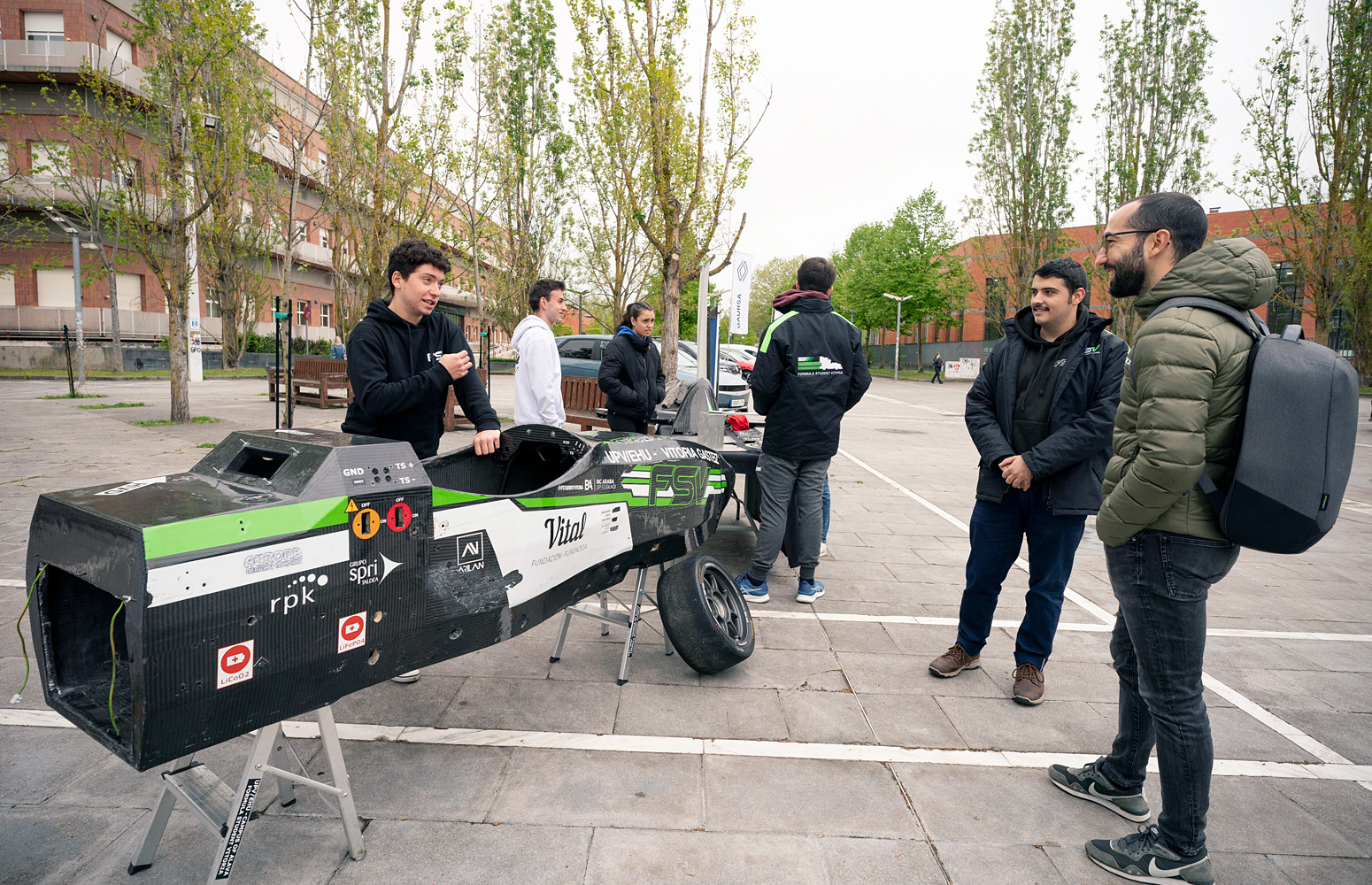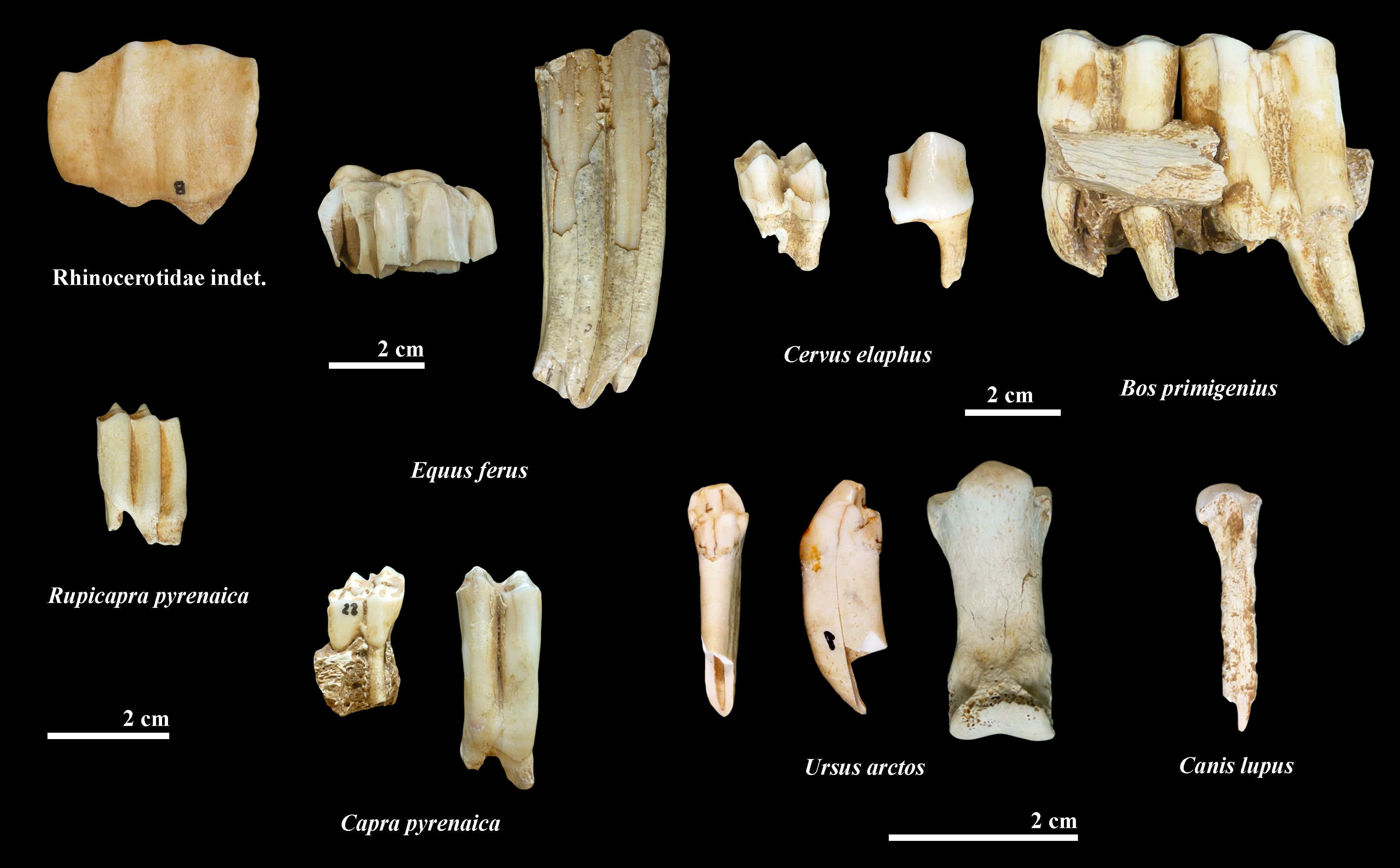Neanderthal groups had complex, dynamic cultures that gradually changed over time and space as well as strategies for exploiting the territory adjusted to their interests and preferences. The study of new fauna remains in three phases of occupation in the Jarama VI (Guadalajara, Spain) site, published in Archaeological and Anthropological Sciences, confirms that they developed their own preferences in relation to the resources and their availability.
-

In memoriam: Arturo Muga
-

Violeta Pérez Manzano: «Nire ahotsa ijito bakar batengana iristen bada eta horrek inspiratzen badu, helburua bete dut»
-

Azukrea eta edulkoratzaileak. Zer jakin behar dut?
-
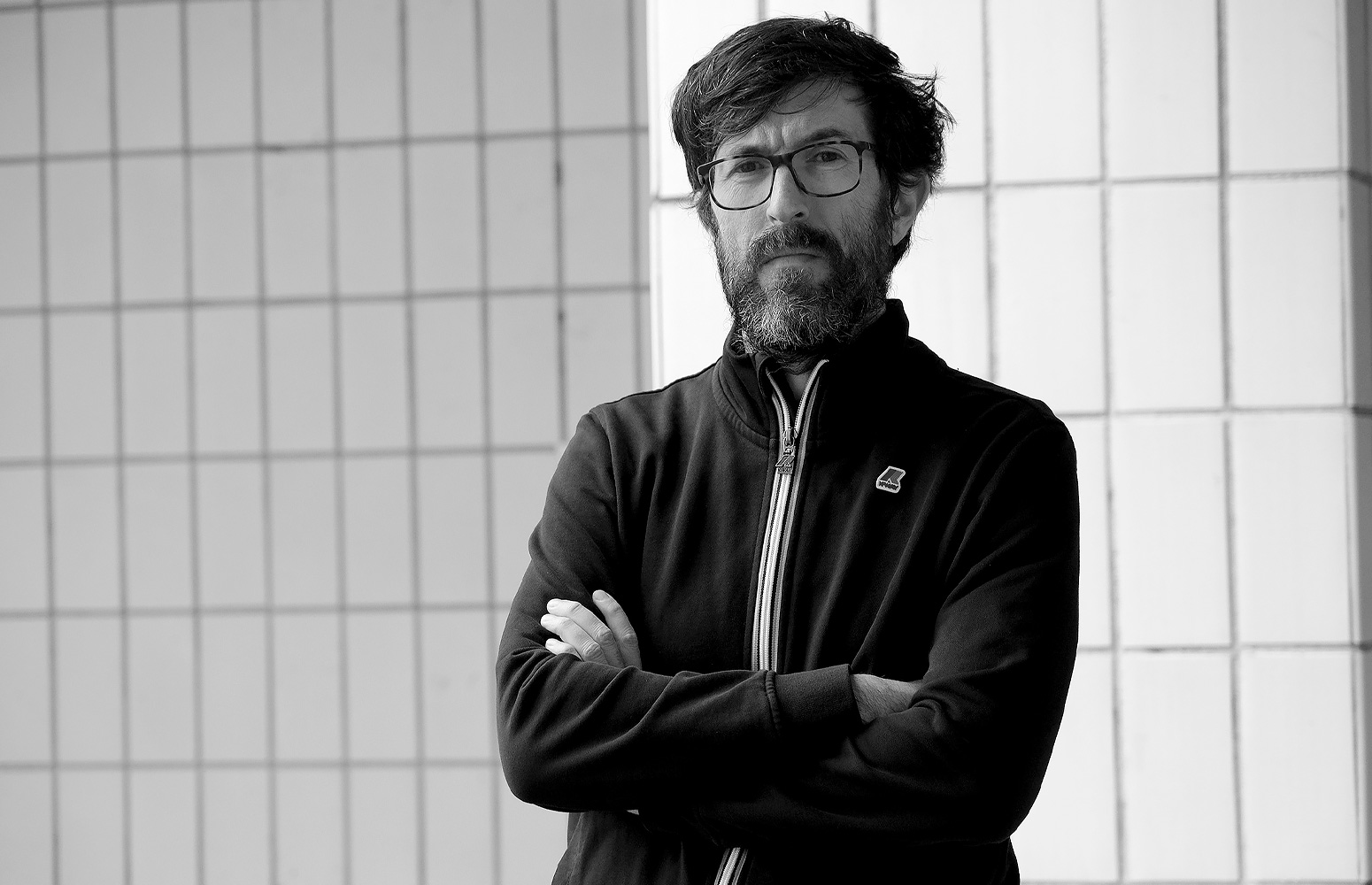
Athletic zuri ta gorria, zu zara nagusia, baina zertan? Gizonezko futbol profesionalaren gaitasun (im)mobilizatzaileari buruzko hausnarketa soziologikoa
-
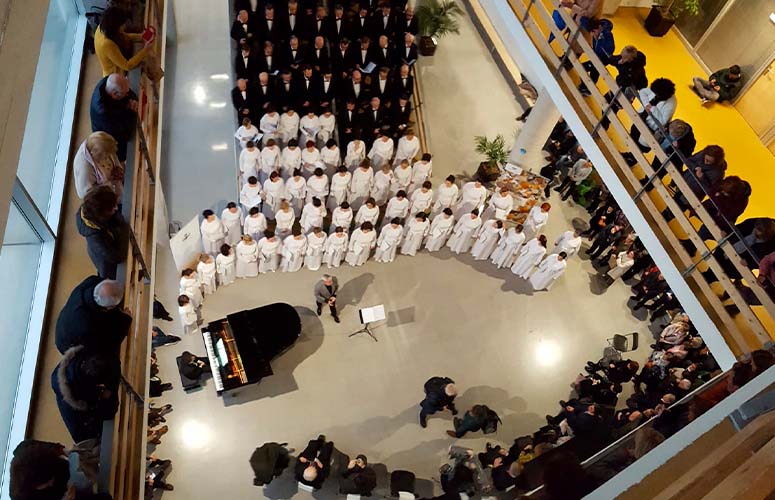
Iñigo Argomaniz sustatzaileak eta Eli Arabaolaza ikertzaileak irabazi dute XXIII. Donostiako Orfeoia-UPV/EHU Saria
The Neanderthals exploited the resources in a territory according to their interests and preferences
A study in which the UPV/EHU-University of the Basque Country participated reveals new data on these complex, dynamic societies
- Research
First publication date: 23/04/2018
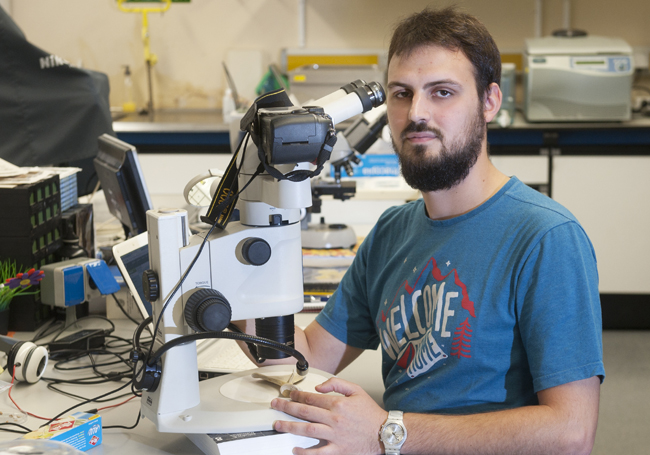
Antonio J. Romero, researcher in the Prehistory Area of the UPV/EHU’s Department of Geography , Prehistory and Archaeology, has participated in the study of the faunal remains at the Jarama VI Mousterian site, which has helped to improve the knowledge of the subsistence strategies and exploitation of the territory by the Neanderthals in the centre of the Iberian Peninsula. “Those Neanderthal societies used the location in different ways depending on the moment: firstly, it functioned as a long-term residential camp, then as a casual visiting location in which to forage for plants and other resources, and finally as a hunting ground. In the oldest phase the extraction of strips of meat for its eventual preservation (through drying or smoking) and its deferred consumption has been detected,” confirmed the researcher.
It is no easy task reconstructing the ways of life of prehistoric humans. The passing of thousands of years reduces ancient settlements to little more than remains of stone tools, bones and traces of fires and other structures. However, the study of the bones of the animals hunted by the societies of the past can provide significant clues about the way these groups of people lived. Firstly, Palaeontology techniques make it possible to calculate at what age and in which season of the year many of the prey, such as deer, chamois, mountain goats or wild horses, were caught by the humans in the Palaeolithic. Secondly, butchery work on the animals’ carcasses leaves a series of marks of cuts on the bones, and these can be interpreted. So it is possible to know whether the animals were dismembered to be cooked right away on the fire and consumed immediately, whether strips of meat were extracted so that they could be preserved and kept by way of provisions, if they were interested in the animal’s skin or whether they smashed the bones to consume the marrow.
Before the Neanderthal communities disappeared about 40,000 years ago, they lived throughout Eurasia, from the Mediterranean coasts all the way to Siberia, for thousands of years. The interior of the Iberian Peninsula was no exception. These nomad societies adapted to a huge number of very different ecosystems as they moved across the territory depending on the season of the year and the availability of resources.
In the work now published, the Jarama VI site in Guadalajara was used as the basis to move a step closer to the Neanderthal communities that lived in the heart of the Iberian Peninsula. This ancient Neanderthal settlement was frequented by humans in three different phases 50,000 years ago. “At level 3, the oldest one, the Neanderthal societies settled in a long-term residential camp where they lived throughout the year; it was located on a rock shelter of the site close to the Jarama river. The hunting parties brought the meat-rich parts of deer hunted in other areas back to this base camp,” explained Romero. The researchers have confirmed how the Neanderthals distributed and ate the meat of these animals and, what is more, how part of it was extracted in strips from the hoofs of the deer to be preserved, probably sun-dried or smoked. They also processed the deerskins to make warm garments, blankets and other accessories for the camps.
“At level 2,” the researcher went on, “we saw that the Neanderthal groups visited the site sporadically. The humans hunted herbivores in the vicinity between the summer and the autumn, taking some portions of these animals back with them to the site, where they ate them. Bearing in mind that in this phase the climate was very damp and that the river flooded frequently, the Neanderthal societies may have been more interested in the plant resources than in the game”. A set of pebbles, probably used to process reeds and other edible riverside plants, has been found in this phase.
Finally, “at level 1 (the most recent phase at the site), the Neanderthals used Jarama VI as a hunting ground, above all of wild horses, between the end of the spring and the summer. The animals were caught at the same location or in the area surrounding the site where the initial processing of the carcasses was done; some parts (such as the ribcages and backbone) were eaten, and the meat-rich parts (the hind quarters and front parts) would be taken to other camps,” explained the UPV/EHU researcher.
So the study concludes that the Neanderthals knew how to manage their surroundings and make use of the resources during each season of the year. “These groups processed their prey intensively, and on occasions obtained from them strips of meat which, either sun-dried or smoked, were used as food reserves in a harsh environment as that of the centre of the Iberian Peninsula. So it was the Neanderthal communities that developed the technology for preserving food. In addition, the change of strategies of these groups over time in the various occupation phases of this site enables us to confirm that they had significant long-term planning as well as a complex, dynamic culture that led them to have a set of preferences in terms of the resources available in the environment”, concluded Antonio J. Romero.
Additional information
Antonio J. Romero is a member of the teaching staff and a trainee researcher at the UPV/EHU’s Faculty of Arts and works in the Prehistory Area of the UPV/EHU’s Department of Geography, Prehistory and Archaeology. The article on how the Neanderthal communities functioned in the interior of the Iberian Peninsula, ‘Neanderthal communities in the heart of the Iberian Peninsula: taphonomic and zooarchaeological study of the Mousterian site of Jarama VI (Guadalajara, Spain)’, was published recently in Archaeological and Anthropological Sciences.
Bibliographic reference
- Neanderthal communities in the heart of the Iberian Peninsula: taphonomic and zooarchaeological study of the Mousterian site ofJarama VI (Guadalajara, Spain)
- Archaeological and Anthropological Sciences (March 2018)
- DOI: 10.1007/s12520-018-0625-7


